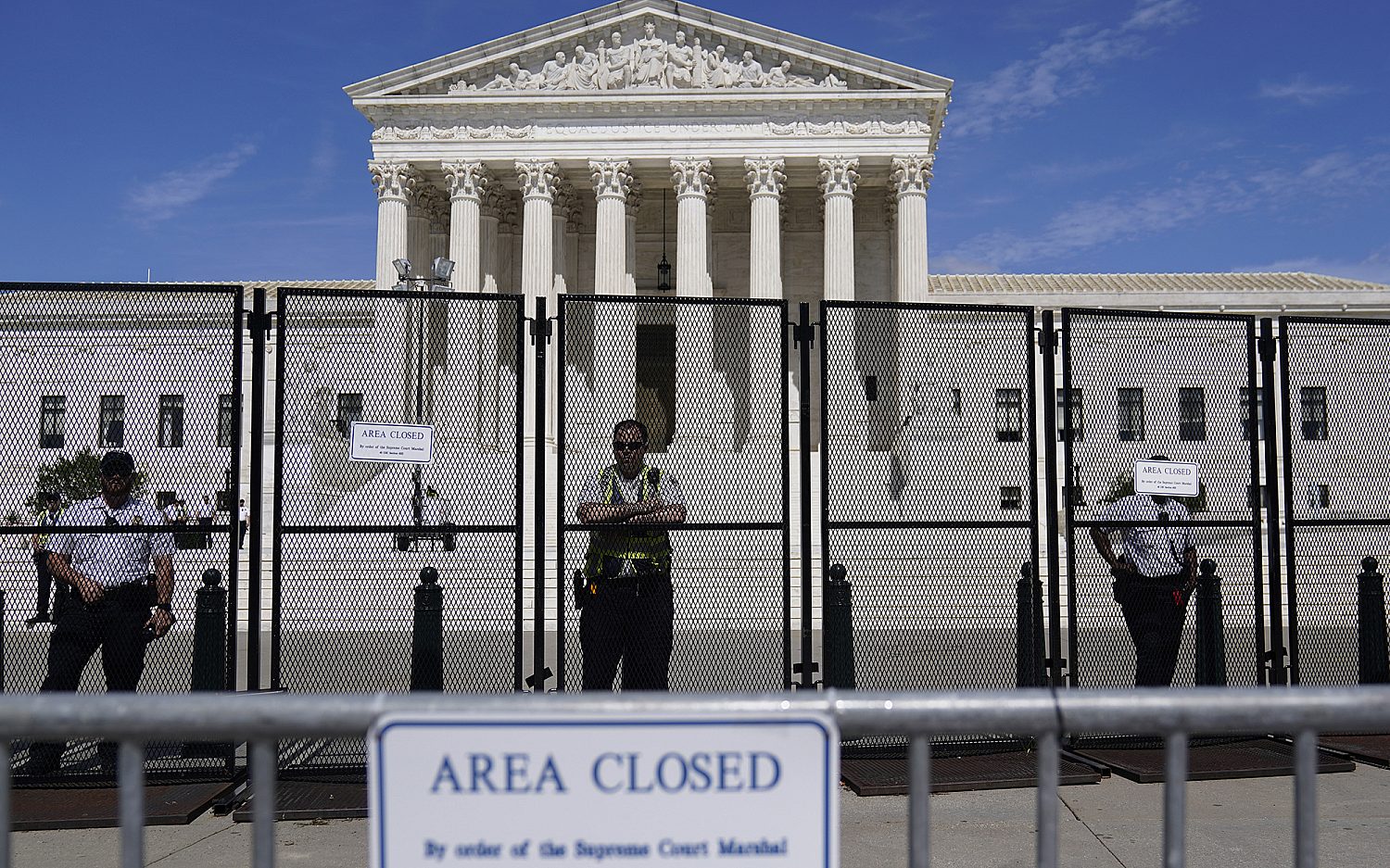Uneven rainfall cinches Corn Belt for lower crop yields
For the second year in a row, Iowa farmers in the nation’s Corn Belt faced a severe drought, leading to lower yields of corn and soybeans. But other states less affected by the drought appear to be offsetting Iowa’s shortfall, meaning consumers won’t feel the pinch this year.
Tim Smith, who farms 800 acres of prime farmland near the north-central Iowa town of Eagle Grove described the conditions as “too wet, then too dry, then too hot.” The result: a disappointing crop in his part of the state.
“If we average it out, we had about the right amount of rain for the year,” he said. “But we had too much early and nothing late. Now, some areas have gone 60 days without rain.”
As the growing season winds down, the drought is drifting into parts of Illinois, Indiana, and Missouri. But unlike last year’s drought, which encompassed more than half the nation, this year the impact is much more spotty.
In Smith’s area, a good year will produce corn yields of 190 bushels per acre. This year, he anticipates yields will be all over the place—with top yields around 150 bushels. The bottom “is anybody’s guess,” he said, though he’s certain that some Iowa farmers will have to settle for yields of less than 100 bushels per acre.
But with the yields from other Midwest states less affected by the drought, the U.S. Department of Agriculture recently predicted a record corn harvest of 13.8 billion bushels. The average yield per acre is expected to be about 155 bushels, the highest since 2009. The USDA also is predicting the fourth-largest soybean crop on record.
A few hundred miles to the west of Smith’s land, farmers near Colby, Kan., can only dream of 100-bushel corn yields. In fact, some may not even harvest a crop this year.
“It’s pretty tough out there,” said Jeanne Falk Jones, an agronomist with the Kansas State University Extension Service. “We’re about 30-40 percent off of our normal rainfall—and when the norm is 14-18 inches per year, that doesn’t leave much.”
Kansas’ Thomas County has been classified as an “exceptional drought” area since July 2012. That’s the most severe on a five-level drought rating scale devised by the U.S. Drought Monitor.
As a result of the ongoing drought conditions, many Colby farmers and ranchers are adopting more minimum-tillage practices to reduce topsoil losses through wind erosion and to preserve moisture in the soil. Those who own cattle are being forced to graze fewer head per acre, and some are selling part of their herd because they don’t have the pasture or the hay supplies to sustain them.
“Farming in western Kansas is not for the faint of heart,” Jones said. “But we’re a pretty resilient bunch. We’ve been through this before, and we’ll get through this one, too.”
The Associated Press contributed to this report.
An actual newsletter worth subscribing to instead of just a collection of links. —Adam
Sign up to receive The Sift email newsletter each weekday morning for the latest headlines from WORLD’s breaking news team.




Please wait while we load the latest comments...
Comments
Please register, subscribe, or log in to comment on this article.